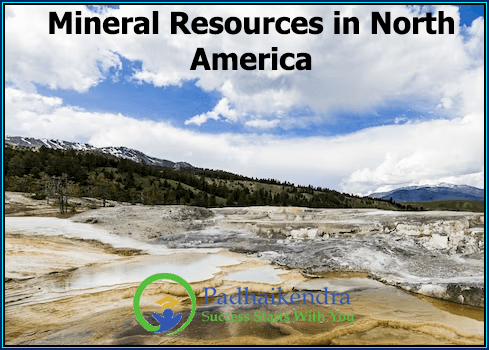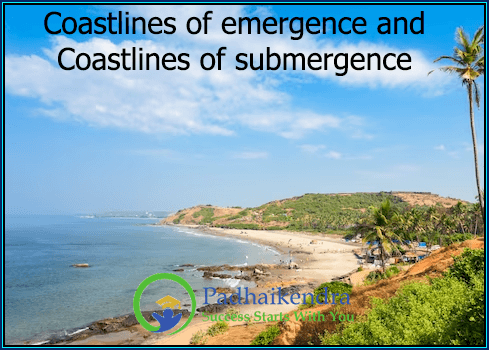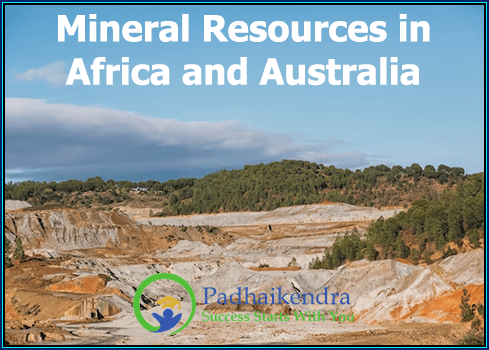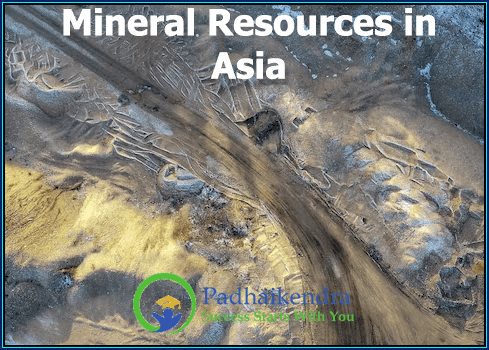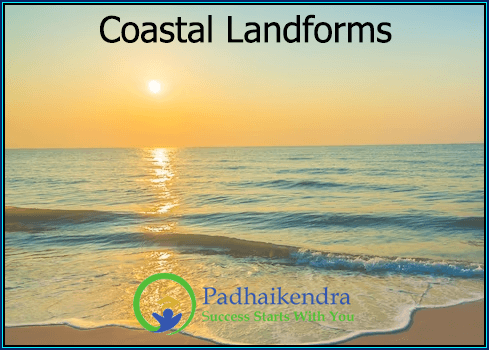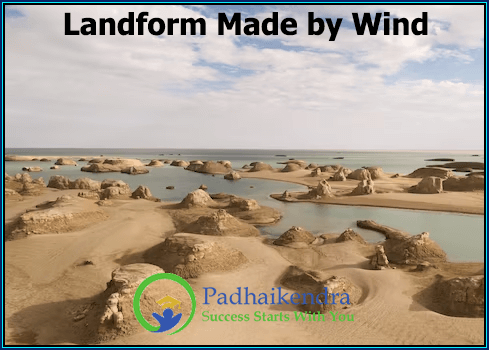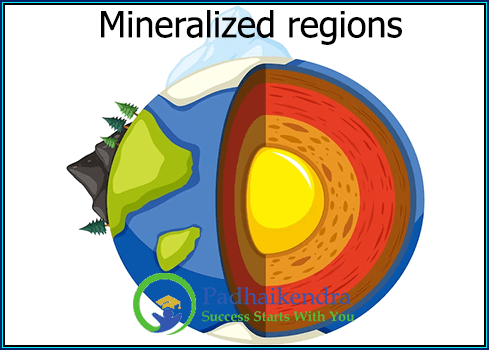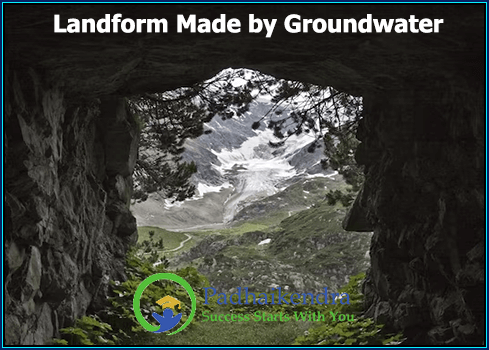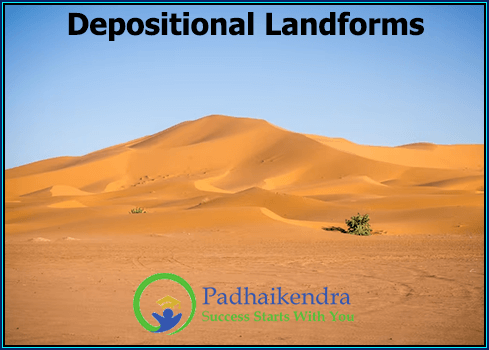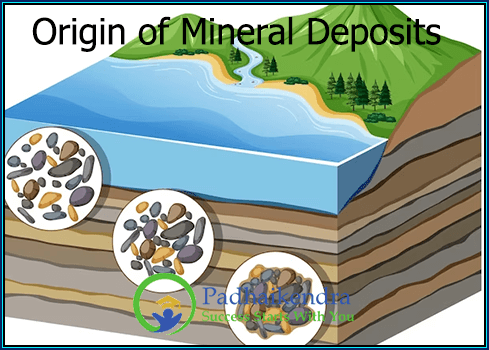Mineral Resources in North America
North America is a continent rich in natural resources, including mineral deposits. The mineral industry has played a significant role in the economic growth and development of the continent. Mineral Resources in the United States: The United States is the world’s second-largest producer of copper and a significant producer of gold, silver, iron ore, coal, …

